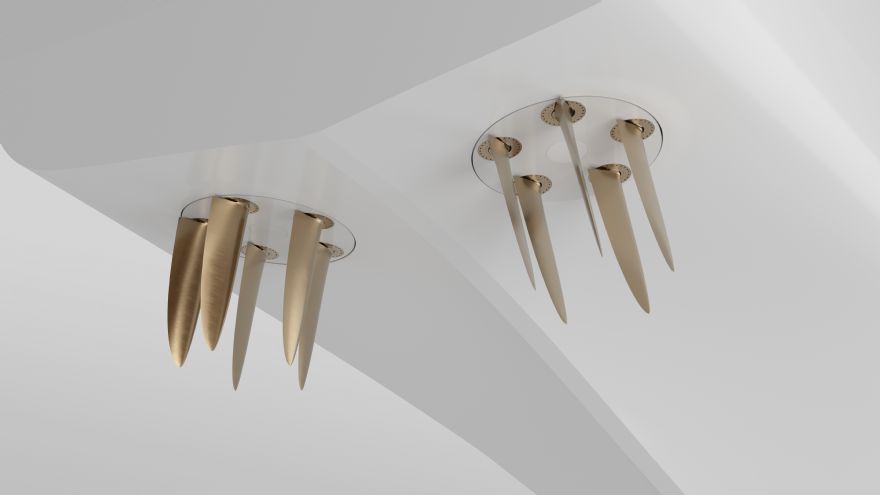 Photo: ABB Dynafin, a new type of propulsion systemABB
Photo: ABB Dynafin, a new type of propulsion systemABB recently introduced ABB Dynafin, a new type of propulsion system that offers ‘enhanced efficiency for the marine industry’. Taking inspiration from the ‘dynamic motions of a whale’s tail’, the concept is the result of over a decade of research, development, and testing, with ABB estimating that the first prototype to be available in 2025.
Juha Koskela, the division president of ABB Marine & Ports, said: “ABB Dynafin shows what is possible when marine engineers pursue radical innovation and progress, inspired by the interplay of evolution and technology. This solution is all about operational efficiency and emissions avoidance, leveraging innovations from the brightest minds in marine and propulsion engineering. I want to thank the whole team for their persistence, resilience, innovation, and years of hard work.”
The new propulsion concept features a main electric motor that powers a large wheel rotating at a moderate 30-80rev/min. Vertical blades, each controlled by an individual motor and control system, extend from the wheel. The combined motion of the wheel and blades generates propulsion and steering forces simultaneously, enabling ‘groundbreaking operational efficiency and precision for ships’.
An independent study of ABB Dynafin by OSK-ShipTech A/S of a passenger vessel design equipped with different propulsion solutions has verified savings in propulsion energy consumption of up to 22% compared to conventional shaftline configuration. This can deliver significant savings in fuel consumption and help to avoid emissions; and as part of an electric propulsion power system, the concept is also fully compatible with zero-emission battery and fuel cell technologies.
Initially available in the power range of 1–4MW per unit, the new propulsion concept is particularly effective for medium-size and smaller vessels, including ferries for passengers and vehicles, offshore support vessels operating at wind farms, and yachts. This propulsion concept delivers ‘superior manoeuvrability, and positioning performance’.